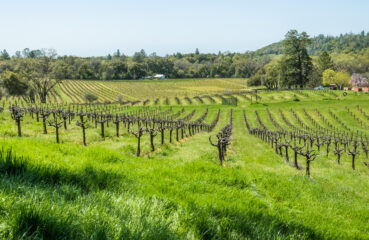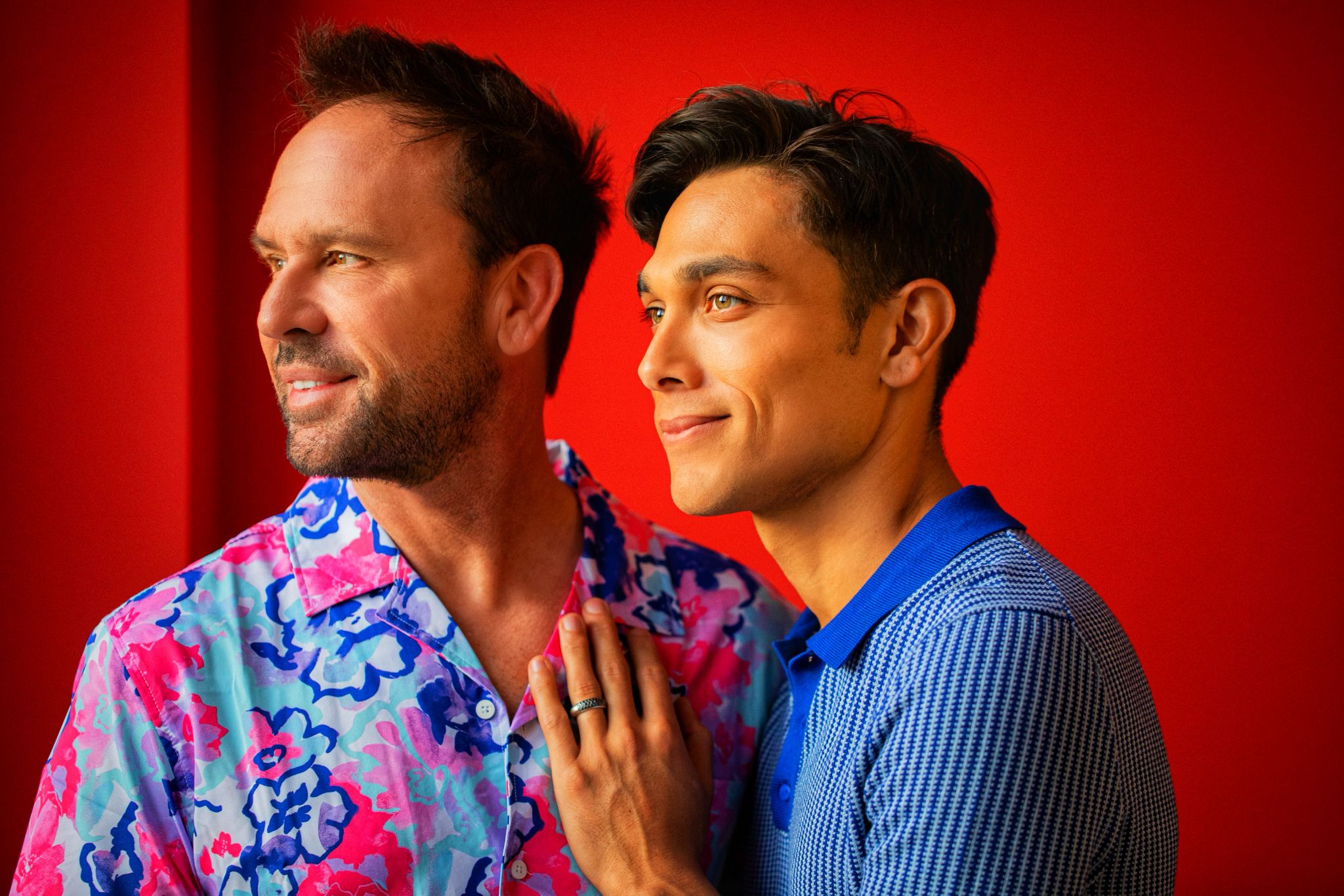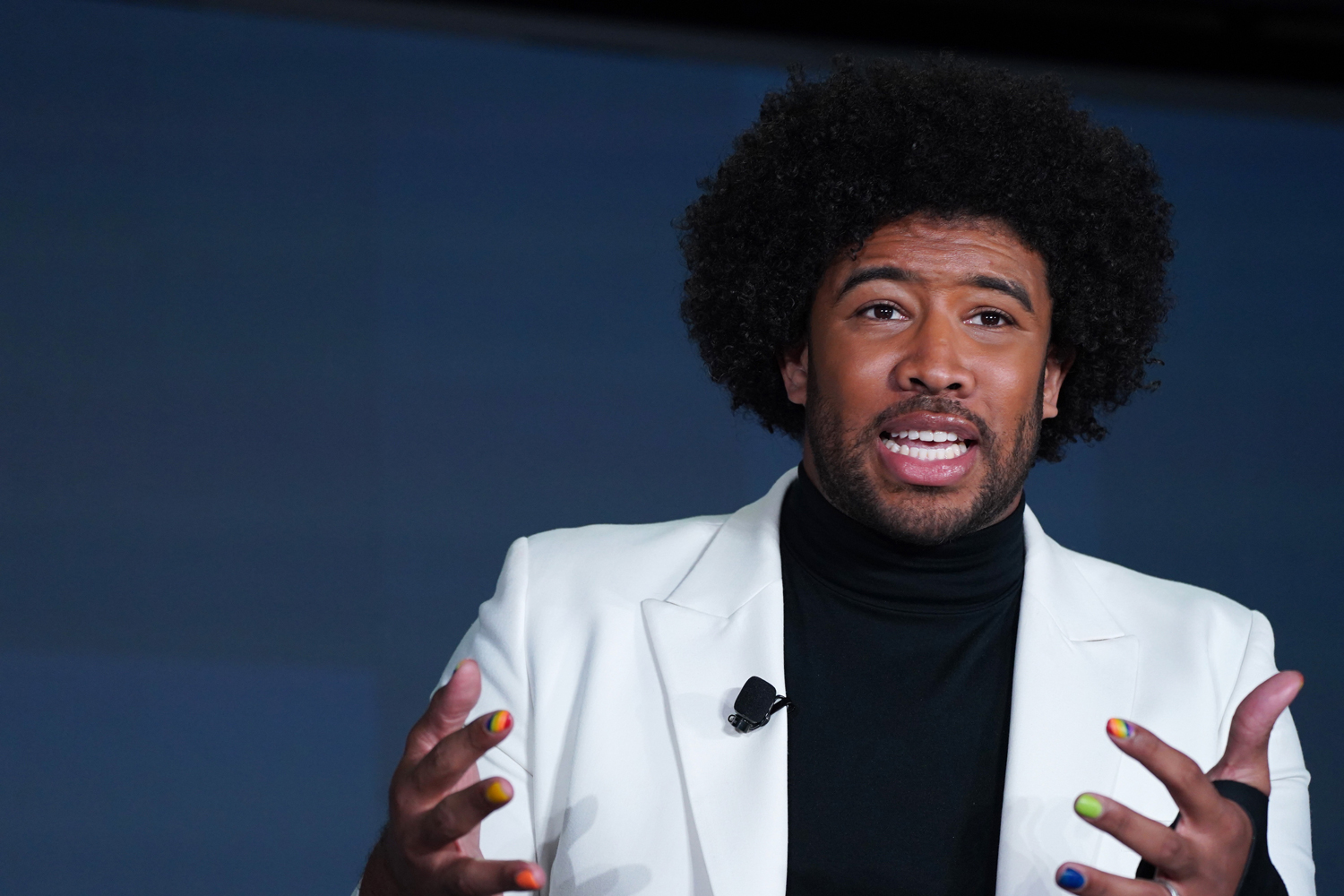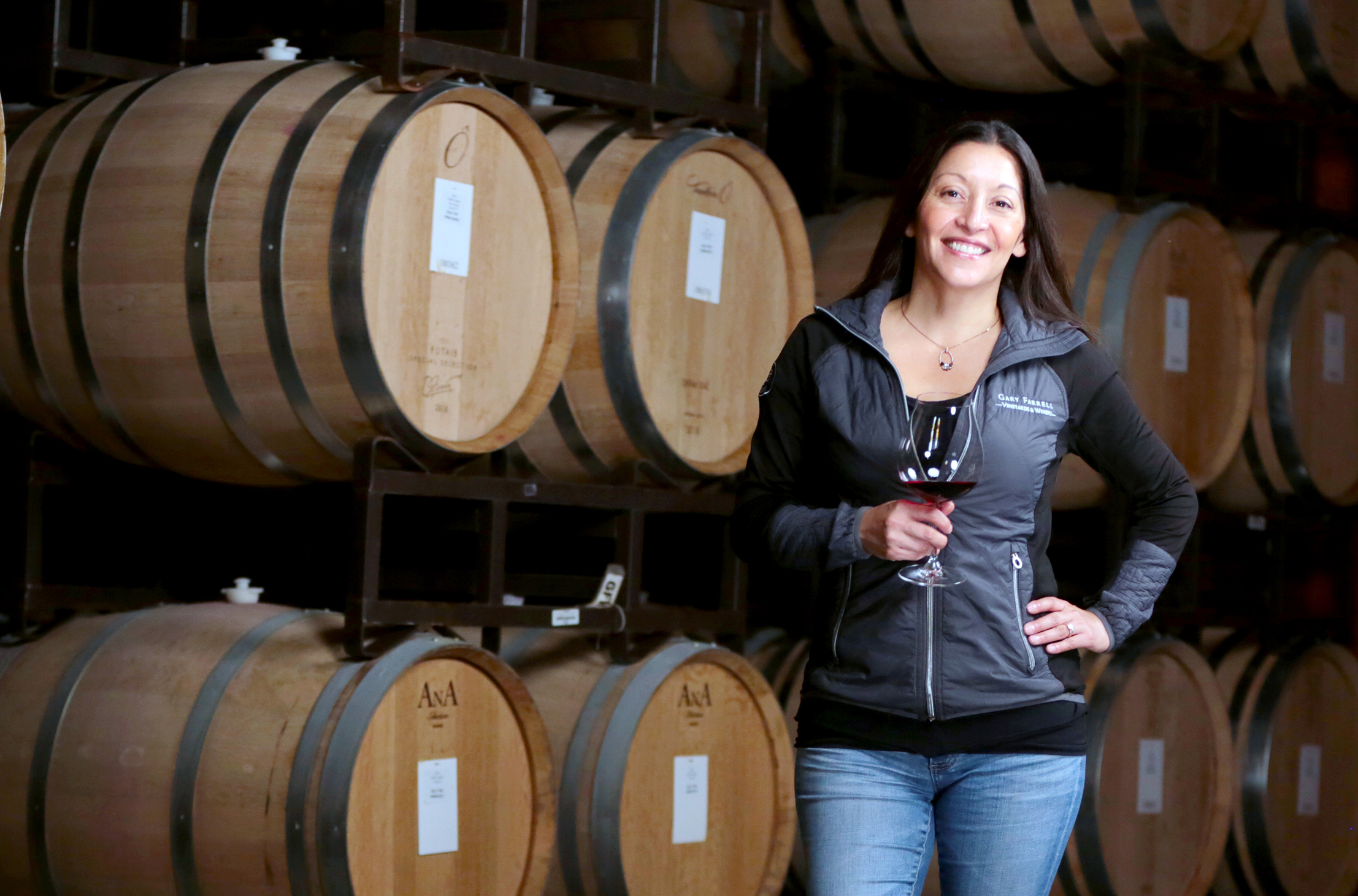You probably need to be a little mad to go wild swimming in a “scrotum-tightening sea.” That’s the term that Irish author James Joyce used to describe the polar waters of the North Sea. With Joyce’s warning swimming in my subconscious, I woke into the pre-dawn darkness of Dublin, wondering just how cold—and just how tight.
Not that I’m one to argue with the Irish who have been wild swimming in the icy Irish Sea for nearly three centuries. According to the book on my nightstand How the Irish Saved Civilization, these are the people who saved the world after the fall of Rome. Also, the Irish invented Guinness and if any people would know a hangover cure, it would be them.
We were a group of six international journalists traveling in Ireland—but only two of us braved Dublin’s bone-chilling morning for wild swimming at the Forty Foot. Certainly it was a comfort to be accompanied by a person equally insane, but Katie seemed far more confident, plus she wore a wet suit and Neoprene aquatic socks. Meanwhile, I was attired in a pair of vintage board shorts purchased for a surfing lesson in Hawaii—but Waikiki this was not.
Years ago, the Forty Foot was a gentlemen’s bathing place where Dublin’s notable and illustrious citizens swam in the nude. Located south of Dublin at Sandycove, the Forty Foot was solely for male nudists complete with its own bathers’ association—that is until July 1974 when a group of intrepid and determined women in bikinis staged an invasion of the public beach.
Reading an account of that summer invasion published in The Irish Times reminded me of Fire Island’s annual Invasion of the Pines, which honors the drag queen denied entry to a restaurant in the Pines in 1976. Both beaches are now open to us all—and the Forty Foot’s numerous devotees include celebrities such as Matt Damon, Harry Styles, Giancarlo Esposito, and other boldfaced names. Visions of Daniel Craig emerging naked from the Irish Sea danced in my head.
That said, nude swimming in the Irish Sea had never been on my own bucket list, and on this scrotumtightening morning, I was more preoccupied by fears of hypothermia and churning whirlpools—or a headbutt from an alpha seal. Which made me wonder about sharks. Were there sharks in the North Sea? The imagination whirls in the cold.
Fortunately, as we drove through early morning Dublin toward the southern tip of Dublin Bay, Katie and I were swaddled in Bearhug Thermal Parkas provided by our host Anantara The Marker Dublin. Wild swimming is one of the signature experiences of the luxury hotel, the sort of add-on that sounds alluring when surfing someone else’s social in the comfort of your own bed late at night. Then suddenly, it’s your turn to take the plunge.
Listen to any dedicated Irish wild swimmer and you’ll hear about the numerous reputed health benefits of throwing your body into waters that hover around 40 degrees Fahrenheit. Some swear that cold-water swimming reduces pain and inflammation, and various studies do show an improvement in cardiovascular health. Of course, there’s nothing like the shock of ice-cold water to get the heart pumping. There’s also an emerging consensus about the mental health benefits of cold-water therapy in the reduction of stress and anxiety and long-term depression. On Christmas Day, the Forty Foot is so crowded with those who can’t stomach another round of “Silent Night” that lines form along the slippery rocks above the wild waters.
Dedicated fitness enthusiasts arrive at the Forty Foot via bicycle or on foot. We were not so dedicated. We arrived in a private hotel car, complete with a picnic basket of hot drinks, coffee, and homemade pastries from the hotel restaurant Forbes Street. We promised to share, and fortunately, no one raised an eyebrow at the sight of two amateur wild swimmers—who were greeted by our own Wild Swimming Guru as well as a local Irish lifeguard. Both the mermaid and the merman would supervise us and guide us for the next two hours. Two hours? In that icy water?
Actually, it was more like thirty minutes. Of course, the water was bracing, as the locals say, and it took a minute or two for us to calm our frantic breathing. But then, as our bodies acclimated to the temperature, there was a kind of calm that descended, and we, too, started swimming like the other amphibians around us. In fact, we swam out to the buoy, which had looked so distant when viewed from the shore. There was a sense of accomplishment and a flush of joy suffusing through us as we swam back to the slippery rocks down which we had descended. We had earned our bona fides and we, too, were now members of the Forty Foot Club.
We shared the pastries; we poured hot coffee. We listened to tall tales of whirlpools and rough waters and of those daredevils who had ignored the warnings, at their own peril. But we were survivors—and cocky as roosters as we returned to the hotel.
In years past, most first-time visitors to Dublin gravitated toward St Stephen’s Green and Trinity College, and only U2 fans sought out the city’s Docklands neighborhood where the Irish rock band recorded several albums at Windmill Lane Studios. What was once a scruffy area notable for its warehouses has been reborn as a glass-and-steel tech and cultural hub with the cheeky nickname Silicon Docks due to the EU headquarters of tech giants such as Salesforce, Google, LinkedIn, Facebook, and numerous startups. With an abundance of young professionals roaming the pubs, restaurants, and cafes, the Docklands feels like a post-graduate campus, anchored by entertainment hubs that include the Bord Gáis Energy Theatre, the 3Arena, and the Aviva Stadium.
With an exterior façade that resembles an upright checkerboard, the five-star contemporary luxury hotel Anantara The Marker Dublin faces on to Grand Canal Square. Guests who return from a morning spent wild swimming might wonder whether to head to the hotel’s spa with its 75-foot pool and eucalyptus-infused steam room—or instead, to strap on a feed bucket at the breakfast buffet at Forbes Street where Chef Gareth Mullins works with a curated group of local purveyors. When given a choice, go for breakfast.
In keeping with Anantara’s commitment to integrate regional cuisine with immersive guest experiences, Chef Gareth Mullins is one of those chefs who invites you into his kitchen. A class on the preparation of the chef’s Irish soda bread results in a basket of small loaves served warm from the oven. Equally rewarding is a seafood-sourcing expedition with the chef as guide on a journey up the Dublin coastal trail to the nearby fishing village of Howth.
Since the 14th century, Howth has been home to fishermen—as well as seals, puffins, peregrines, cormorants, kestrels, and falcons. After a private visit to the smoked salmon house, we climb aboard a fishing boat and sail into Dublin Bay. We’re in search of dolphins and seals, although not for dinner. The chef’s menu for the evening ahead includes our fresh-baked Irish soda bread accompanied by Irish salmon smoked in oak and beech woods, as well as caviar and local oysters, roasted king scallops, and various steaks from the renowned Irish butcher John Stone Beef in County Longford. Obviously, Irish gastronomy is no longer an oxymoron.
Below us, the Irish sea churns while the chef and I salivate about dinner. We name-drop our favorite restaurants, several of which Mullins has helmed—and then the two of us are simultaneously silenced by the sight of a seal breaking through the seawater. For a long minute, the seal focuses on the two of us, as if we were kindred. The chef and I are mesmerized.
And at that moment I realize there can be only one explanation: the seal knows a fellow wild swimmer when he sees one.
Last modified: April 11, 2024


















